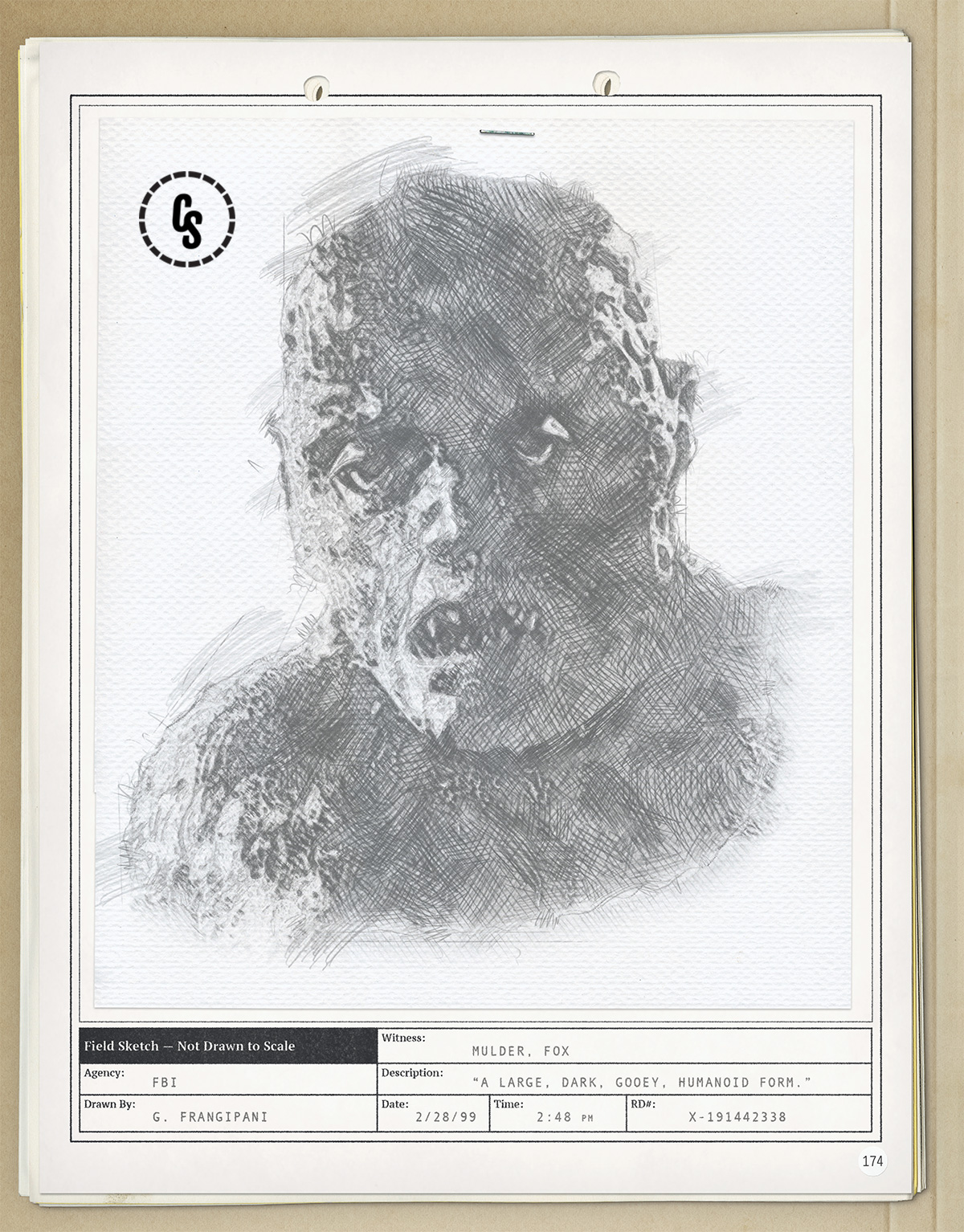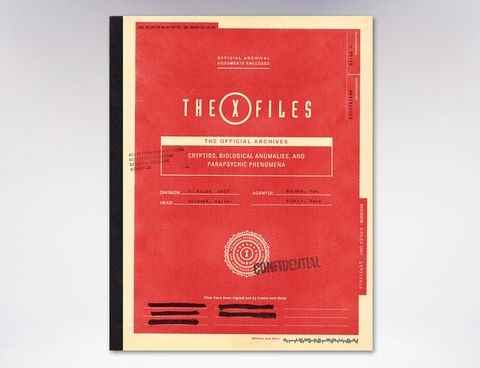Take an Exclusive Look at Files From the Upcoming The X-Files: The Official Archives
After twenty-five years, the truth is still out there. You can own a little piece of the truth with Abrams Books’ The X-Files: The Official Archives. This new, massive book, written by Paul Terry, is a collection of fifty of the most fascinating X-Files cases. You can pre-order your copy here and check out our exclusive images from the book in the gallery below, as well as our interview with the author!
As a lifelong fan of The X-Files, Terry realized that, if there was one book about The X-Files that he would want to own, it would be the actual X-Files themselves. “Just the thought of being able to study the field reports—and related visual evidence—that Mulder and Scully handed to Skinner was exciting. So, when Season 10 was announced, I pitched the concept to Fox,” he told me.
It took five years, multiple rewatches of the show (with a lot of pausing), and collaborations with designers, editors, and archivists, but the results are impressive. The X-Files: The Official Archives is almost 300 pages of reports and evidence from fifty of The X-Files’ most infamous cases. After the show’s initial finale in 2002, Assistant Director Skinner has asked Special Agent Layla Harrison to collect the X-Files into “physical, archival” bindings, to maintain the truth as the files are being digitized. Skinner doesn’t trust the files to be digitized without alteration.
We spoke with author Paul Terry about putting this epic tome together, and some of the decisions that went into making this the ultimate collector’s item for any X-Phile.
RELATED: The X-Files Albuquerque: X-Files Animated Comedy Spinoff in Development at Fox
ComingSoon.net: Can you talk about the process of creating the book?
Paul Terry: Over the years, I’ve seen the entire series multiple times. But making a book like this still required a full rewatch. And I needed to hit that pause button a lot. This kind of rewatch was purely about figuring out what items and events within each case could legitimately be a part of each field report. I then assigned each episode to a theme/phrase, such as “The Syndicate,” “Cryptid,” or “The Occult,” etc. That helped figure out which variety of cases would group well together in this first book, which covers cases that involve highly unusual terrestrial biological entities.
For writing an in-world book like this, you have to study and tap into, the characters voices—specifically the way they “talk” in their reports. Fortunately, there are plenty of examples of this in the show, in the form of those voiceover moments where we see Scully or Mulder doing a draft of a report.
Writing each case file also required a lot of art direction, specifying things like: the year/era of the font that would be required; what kind of paper it should be on; the design treatment of the evidence, etc. But I tend to work very visually anyway, regardless of the creative project I’m working on. So I really enjoy putting together manuscripts that are hyper-detailed like this. HeadCase Design’s Paul Kepple and Alex Bruce, and Abrams Books’ executive editor, Eric Klopfer, were incredible collaborators, too. The lengths that our designers went to, to make the field reports and evidence as realistic as they are, is extraordinary.
CS: Can you talk about what it was like to delve into Fox’s The X-Files archives?
Terry: The archive team of Lynne Drake, Cesar Gallegos, Jennifer Vanoni, and Tamarin Panama were all amazing. Bear in mind that ninety-nine percent of the paper props, photos, etc. that I was hoping to get into the book had literally not seen the light of day in decades. Once I’d sent the team my wish list, they tracked down the master boxes that had been in storage—picture the end scene of Raiders of the Lost Ark, because that’s exactly what the warehouse looks like!
Then, the next task was a combination of traveling to that warehouse and assessing the contents of dozens of boxes, plus going through every single sheet of paper that was stored away (for those episodes). Honestly, from the fan’s perspective, this part of the process was insane. My mind would start racing, “These papers have not touched air for decades… be very careful!” And then, when I found something seen in the episode, it was exhilarating. But the most exciting moments were when I found something I wasn’t expecting to find—like an alternative version of something that I knew would add something extra special to the book for the fans.
CS: Was everything found in the archives, or did anything need to be “recreated” for the book?
Terry: Most things were in the archives, but there were a bunch of things we did need to recreate. That’s where Paul and Alex’s skills really blew me away. They put so much time and care into that. We also created some special details and items to support some of the case files, which are totally unique to the book.
CS: Which cases were your favorite to explore and write up?
Terry: Honestly, all of these cases have something unique about them. What was fun was figuring out ways to capture what happened during the investigation, and then also add a little something extra. For example, Scully’s experiences in both Donnie Pfaster episodes are chilling. But they’re also deeply personal and very affecting. Therefore, those field reports needed a lot of careful and detailed planning and writing. I was also keen to figure out a way to address the demonic aspect of Donnie Pfaster. And I’m really pleased with how the ending of that file came together.
I’ll tease a few more: there are some highly detailed historical papers about Alfred Fellig; the Chupacabra case file has some really special components; the Guy Mann report may have one of my favorite paper props of them all—which, initially, we thought was lost. And the Trinity Killers file ended up being a great example of a “monster of the week” story that actually needed a lot of attention to make it work as a field report because Mulder’s investigation occurred while Scully was still missing.
CS: Which cases were the most difficult?
Terry: I wouldn’t say one particular case was more difficult than any other—it was more that there were details within numerous cases that took a lot figuring out. For example, the X-files office was torched at the end of Season 5. So I needed to figure out compelling reasons and situations that would explain how the field reports during those first five seasons became a part of this in-world archive.
CS: Why did you have Leyla Harrison be the one assigned this project, as opposed to just creating a wholly new character?
Terry: Honestly, from the moment the idea for this book popped into my head, I thought that it had to be Leyla Harrison. Then, when I evolved the narrative behind the book’s in-world existence, it made even more sense: After Mulder and Scully went missing at the end of Season 9, Skinner tasked Harrison with securing the master files, as he didn’t trust Perlu’s digitizing process (revealed in Season 11). I thought, “Of course it would be Harrison!” She already knew the X-Files inside out. The two cases we saw her assist on, she solved. It felt inevitable to me that she would soon have the desire to become a Special Agent. And Skinner would’ve felt that there was no one else who would go beyond the extra mile to protect Mulder and Scully’s, and Reyes and Doggett’s, work. After all, Harrison idolized Mulder and Scully and their work ethic. And, with Leyla Harrison being named and created to honor the memory of the X-Files fan of the same name who passed away, it also felt like the perfect way add to further significance to that.
CS: Did you learn anything new or unexpected about the show?
Terry: Those high-definition blu-rays are very useful for a book like this. Going frame-by-frame, through key sequences, I was able to see important text, dates, and numbers on documents, and names on name tags that helped add so much more detail to pretty much every case file in this book. Additionally, I’m so thrilled and honored that series creator/showrunner Chris Carter, and writers/executive producers Vince Gilligan and Frank Spotnitz, provided new details and character names. That is really special.
CS: Was there anything you discovered that you couldn’t fit into the book?
Terry: Not really. In fact, we expanded the size of the book to accommodate the bounty of items we found in the archives, so we could show them in all their glory.
CS: In the book, there is lots of information that is “redacted.” How did you decide what would be redacted?
Terry: I don’t want to say too much about the redactions, just because I think that what is redacted makes studying the files a different kind of experience. For example, who made the redactions? All I’ll say is that, every single thing that is written, shown, or not shown, in this book is intentional. And I promise every fan reading this that I obsessed over all of it!
CS: There are a lot of cases missing. Does that mean we can expect more volumes? If so, can you give us a hint of what to expect?
Terry: Well… if fans enjoy this first book, let’s just say that I already have a very detailed plan for more. And they are interconnected to this first volume. But, like all official books of this nature, it’s entirely dependent on how well the first book does. So, fingers crossed. I would dearly love to make the other volumes a reality.
The X-Files: The Official Archives releases on September 15.
Exclusive The X-Files: The Official Archives First Look
-
Exclusive The X-Files: The Official Archives First Look

-
Exclusive The X-Files: The Official Archives First Look
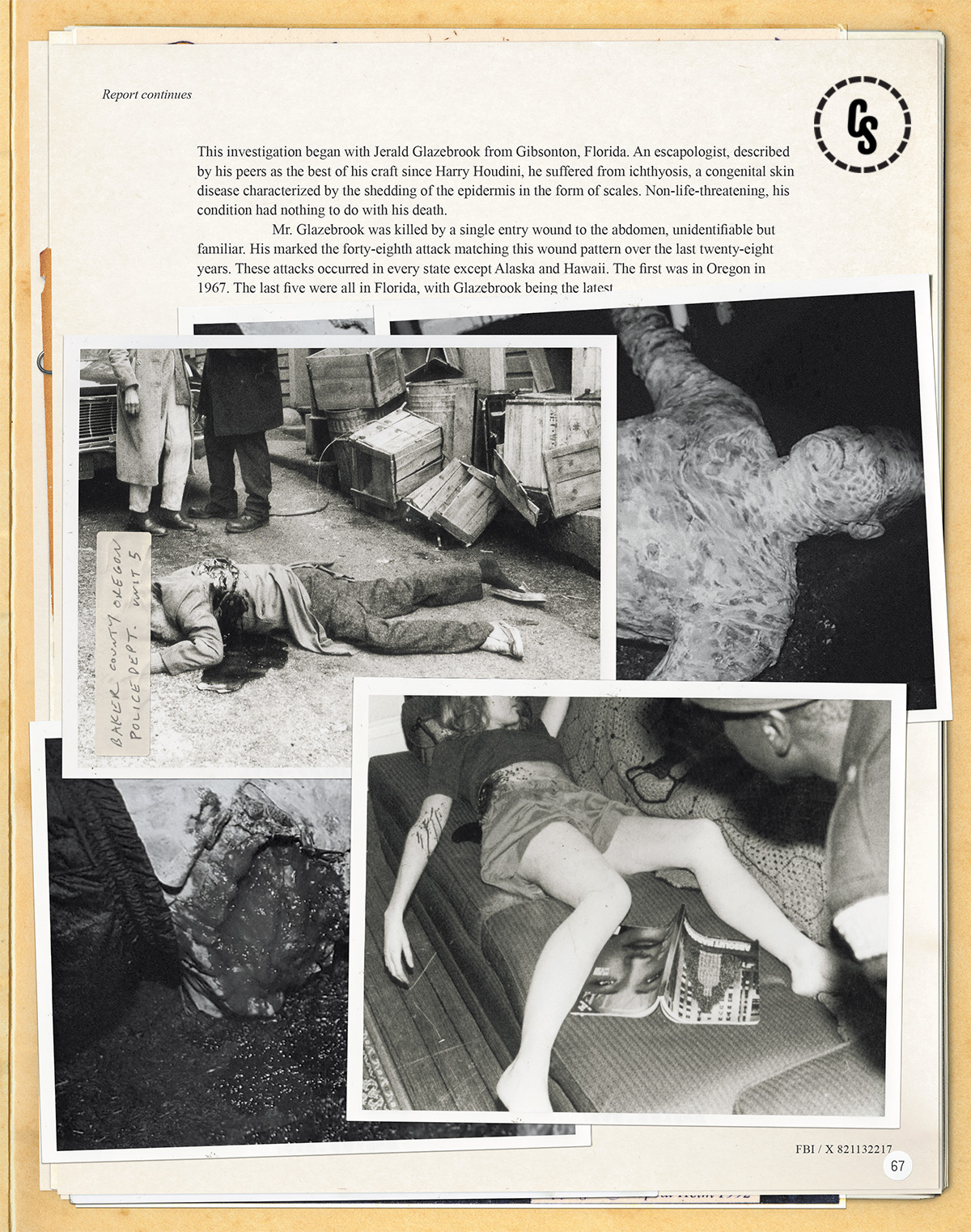
-
Exclusive The X-Files: The Official Archives First Look
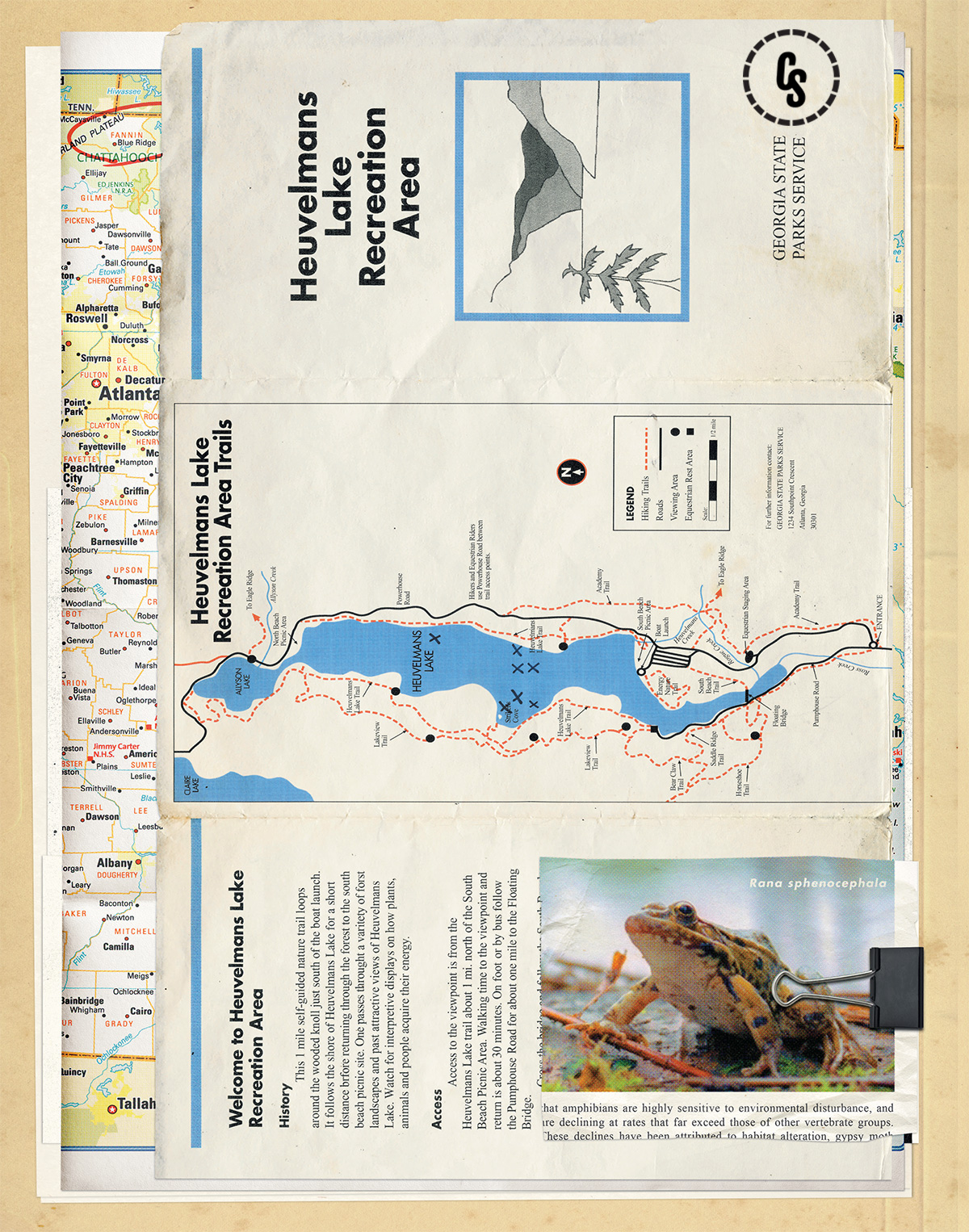
-
Exclusive The X-Files: The Official Archives First Look

-
Exclusive The X-Files: The Official Archives First Look
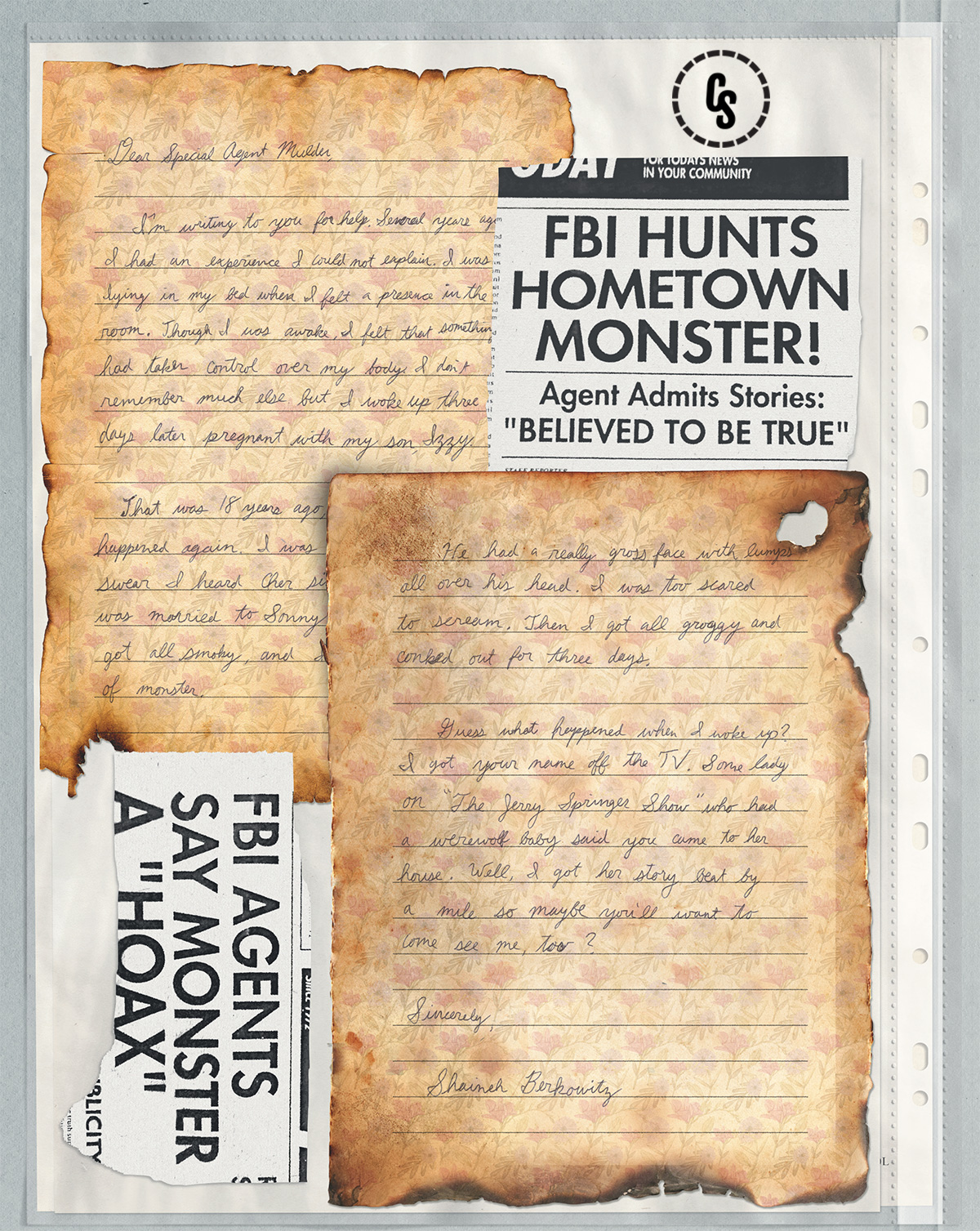
-
Exclusive The X-Files: The Official Archives First Look
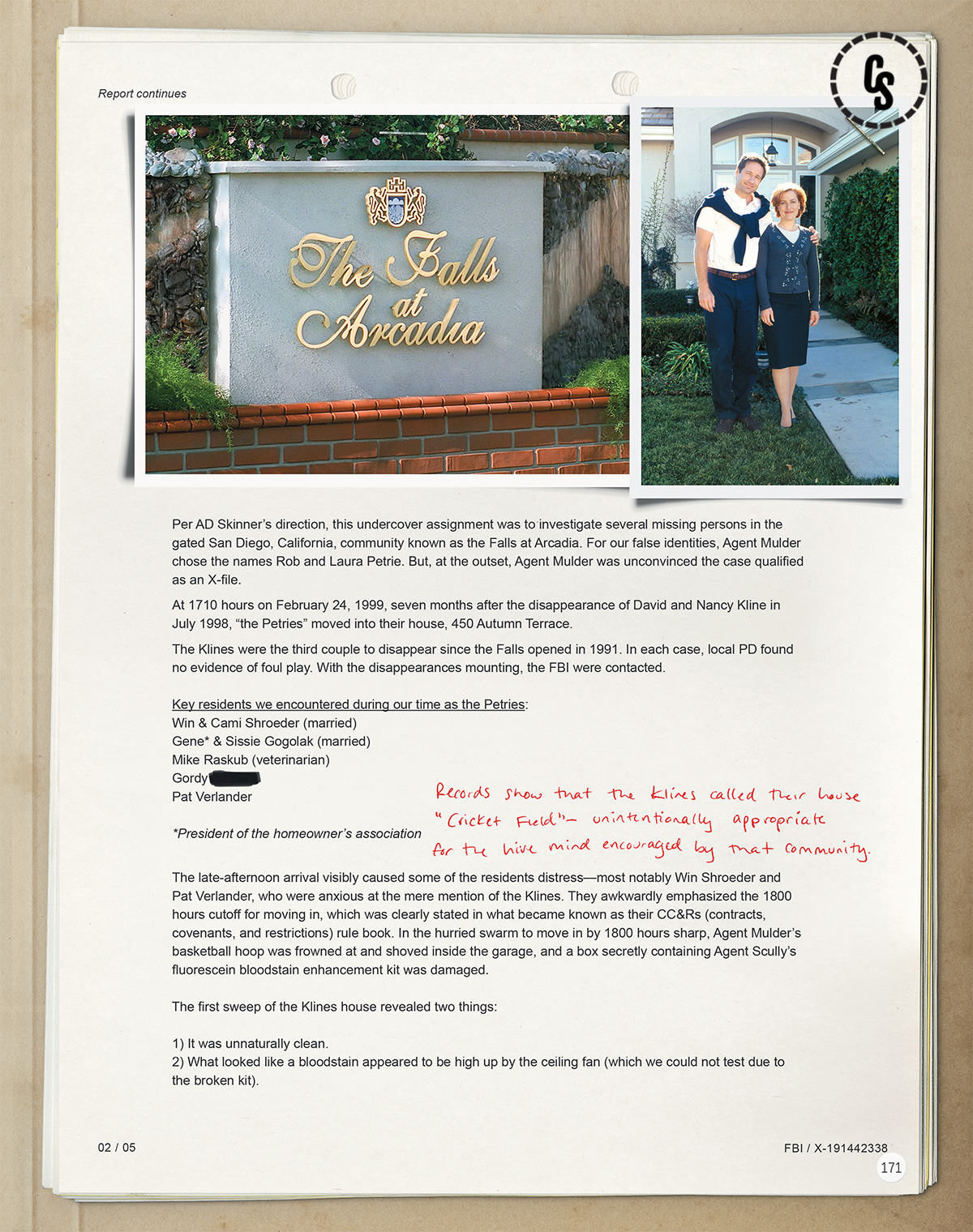
-
Exclusive The X-Files: The Official Archives First Look
